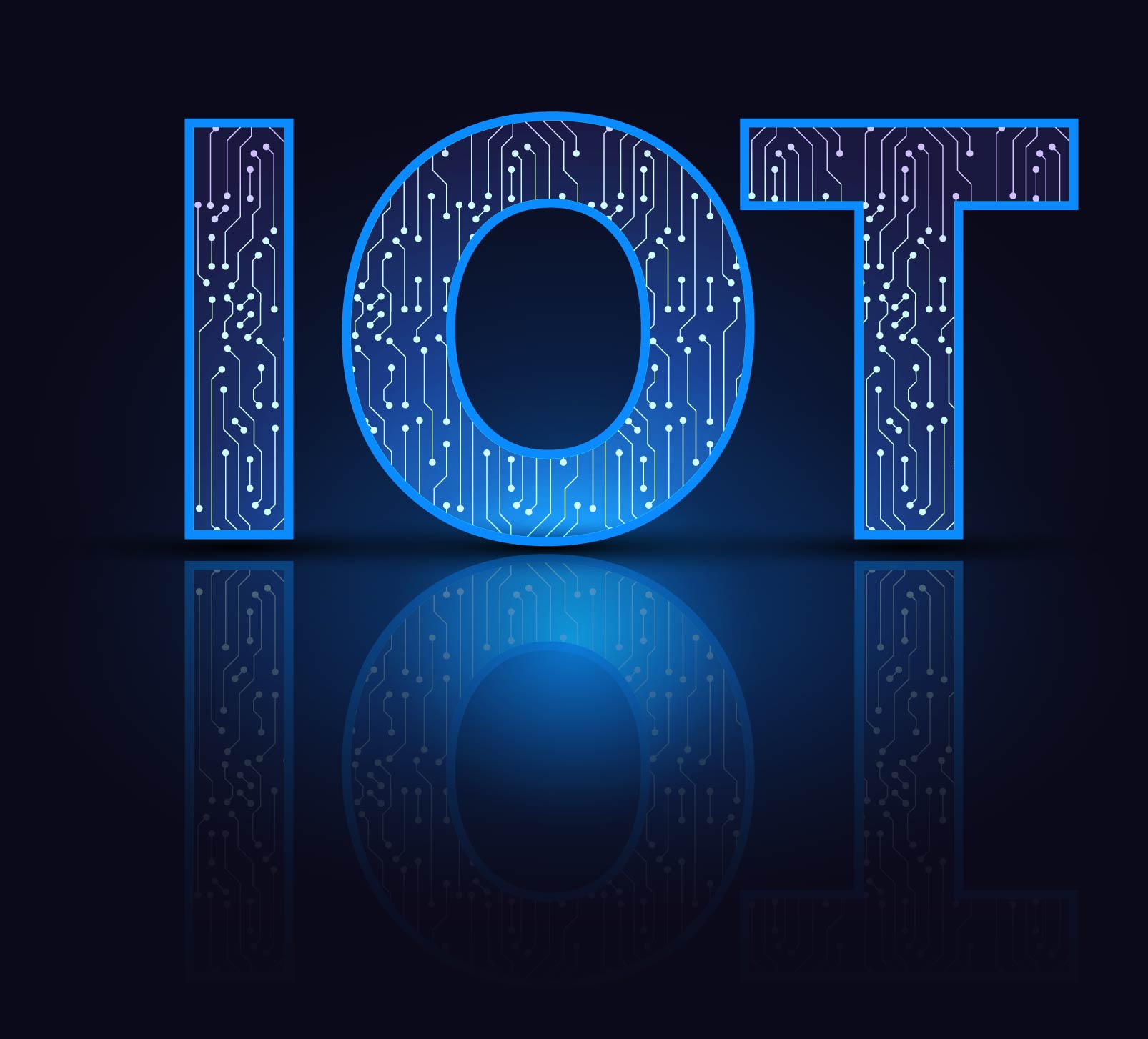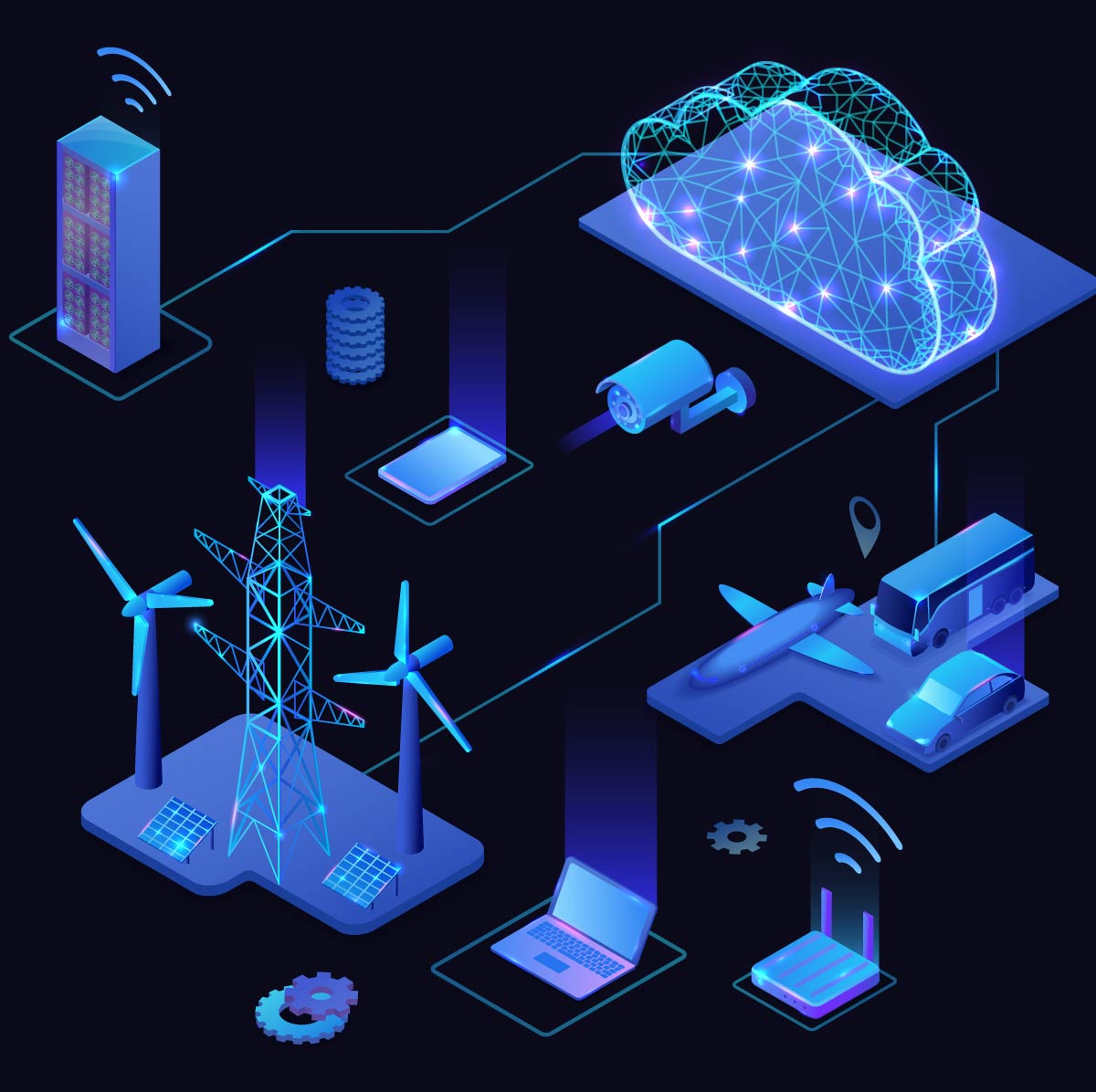Optimise your business operations with our IoT solutions
Long Range Wide Area Network (LoRaWAN) connects Internet-of-Things (IoT) applications across various sectors, including environmental monitoring, smart buildings, manufacturing, utilities, logistics & transportation.

LoRaWAN technology connects a variety of devices containing sensors & software, transmitting data to a single network.







Operating on a low-power, wide-area wireless networking protocol, It is ideal for transmitting small amounts of data on a low frequency basis as it uses less power than a Wi-Fi connection.
A full end-to-end LoRaWAN solution can add value to your business operations, helping to deliver:


Use cases for IoT applications

Damp & mould protection:
Temperature and humidity sensors proactively protect against respiratory issues, infections & allergies.
Legionnaire monitoring:
Huge savings on manual monitoring across buildings & cities, along with automated reporting.

Heating:
Detection of open windows & non-occupied rooms, facilitating effective temperature control of rooms.
High Energy Devices:
Monitoring high energy consumption, assessing actual usage & proactive fault identification.

Streetlights:
Checking & controlling light usage, delivering substantial energy savings by improving light levels at pedestrian level.
Bin monitoring:
Delivering savings of fuel costs & significantly reducing carbon emissions. Service improvements include: bins are emptied on an as-&-when required basis, route distances are optimised.
Space utilisation:
Monitoring buildings & other spaces to assess usage to support repurposing / selling / renting these areas.

Proactive monitoring:
Active air quality assessment and monitoring of HVAC & security systems, helping to reduce energy costs by 10 - 30%.
Early identification of maintenance issues
Contributes to insurance cost savings, avoiding expensive repairs - powered by predictive fault detection systems. Early leak detection & risk mitigation can help to lower insurance premiums.
Optimising energy efficiency
Dynamic occupancy monitoring to control & measure temperature, lighting & heating.
